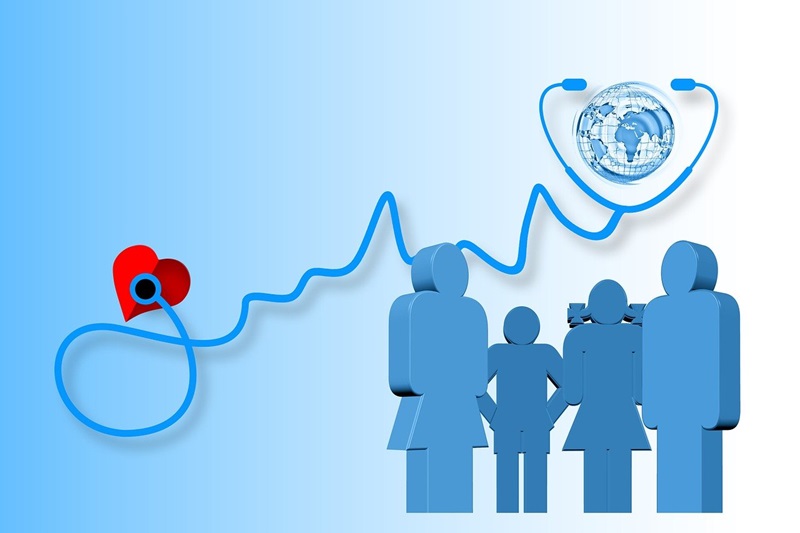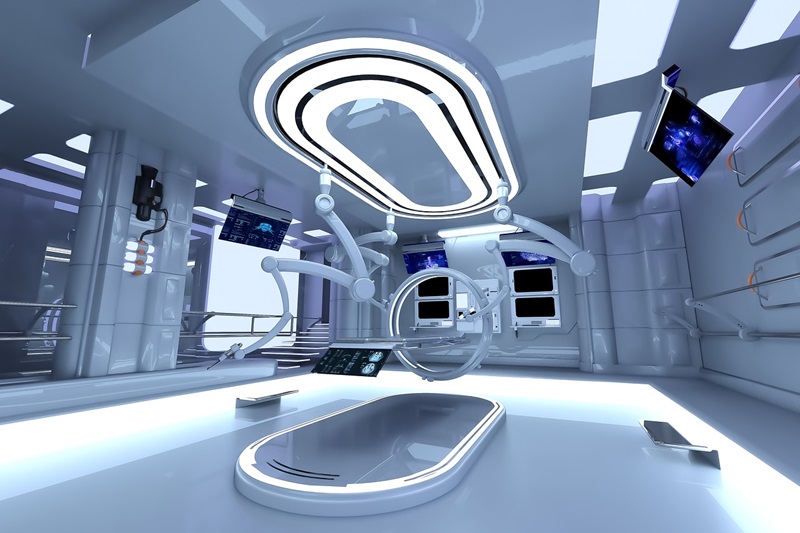|
|
 |
Healthcare From Anywhere: How Remote Tech is Changing Medicine |

A massive digital transformation is taking place in the healthcare industry, with remote support and access playing a pivotal role in enhancing patient care, improving efficiency, and optimizing workflows. This technology allows medical professionals to securely connect to patients, data, and systems from any location, fostering a more flexible and accessible healthcare ecosystem. Insider Intelligence estimates that 70.6 million US patients will use remote patient monitoring tools by 2025.
Benefits of Remote Support and Access
Enhanced Patient Care
Telehealth platforms, a key component of remote access, enable virtual consultations, remote monitoring, and chronic disease management. Studies by the American Telemedicine Association show that telehealth can improve access to care, particularly in rural areas, with 40% of patients interacting with providers more because of it. Additionally, telehealth boosts health outcomes and patient engagement by offering faster access to care, improved communication, and better education.
Improved Efficiency
Remote access allows healthcare professionals to access electronic health records (EHRs), lab results, and other critical patient data from anywhere, streamlining workflows and reducing time spent on administrative tasks. Integrating a 360 customer view provides a comprehensive patient profile and helps providers deliver personalized care. It also helps identify patients at risk of chronic diseases and the ability to offer prompt preventive care.
Optimized Specialist Availability
Remote consultations with specialists can bridge geographical gaps and provide timely access to expert care. This mainly benefits patients in underserved areas or those requiring rare specialties. A telehealth survey found that most respondents who received telehealth services reported feeling satisfied or neutral about their experience, with 42% extremely satisfied.
Reduced Costs
Remote support can minimize the need for on-site IT personnel, leading to cost savings for healthcare organizations. Additionally, telehealth can reduce travel costs for both patients and providers. A Juniper Research survey predicts telemedicine will save the global healthcare industry a staggering $21 billion by 2025, fueled primarily by teleconsultations, with remote patient monitoring and chatbots playing a supporting role.
Improved Staff Collaboration
Remote access tools facilitate collaboration between healthcare professionals across geographical locations. This can be crucial for complex cases requiring consultations with specialists in different fields. AI meeting assistants can also optimize teams' productivity by transcribing conversations, taking notes, and defining post-meeting action items. A survey by HIMSS Analytics found that 72% of healthcare providers believe digital tools improve patient care coordination.
Security and Compliance
While remote support and access offer numerous advantages, security and compliance remain paramount concerns in healthcare. Patient data privacy is protected by regulations such as the US Health Insurance Portability and Accountability Act (HIPAA). Here are some key security considerations:
Encryption: All data transmissions should be encrypted using robust protocols to ensure the confidentiality and integrity of patient information.
Authentication: To safeguard sensitive data, multi-factor authentication adds an extra security step, requiring users to verify their identity with more than just a username and password.
Access Controls: Granular access controls should be implemented to restrict access to patient data based on a user's role and responsibilities.
HIPAA Compliance: Healthcare organizations must ensure their remote access solutions comply with HIPAA regulations to avoid hefty fines and reputational damage.
Examples of Remote Support and Access Technologies
Virtual Private Networks (VPNs) create secure tunnels over the Internet, allowing authorized users to access a healthcare organization's network remotely.
Remote Desktop Software allows users to control a computer remotely, enabling access to specialized software and patient data on office computers.
Telehealth Platforms offer a suite of features specifically designed for virtual patient care, including secure video conferencing, appointment scheduling, and integration with EHRs.
Remote Patient Monitoring (RPM) allows healthcare providers to monitor patients' vital signs and health data remotely, enabling early detection of potential health issues and reducing hospital readmission rates.

The Future of Remote Support and Access for Digital Healthcare
As technology evolves, remote support and access will become even more sophisticated. We can expect to see advancements in key areas.
Artificial intelligence (AI)
AI-powered chatbots can provide patients with primary medical information and answer routine questions, freeing healthcare professionals to focus on complex cases.
Augmented reality (AR) and virtual reality (VR)
AR and VR technologies can be used for remote training of healthcare professionals and for providing virtual consultations with an immersive experience.
Internet of Things (IoT)
Medical devices equipped with IoT capabilities can transmit data remotely, allowing for real-time monitoring and improved patient care.
Conclusion
Remote support and access are revolutionizing healthcare delivery by increasing accessibility, improving efficiency, and enhancing patient care. By prioritizing security and compliance, healthcare organizations can leverage these technologies to create a more connected and patient-centered healthcare ecosystem. As technology advances, we can expect even more innovative digital applications that will continue to transform the future of healthcare.
|
|
|
|
|
|||||
|
© 2026 ShowMyPC. All rights reserved.
|
||||||||


